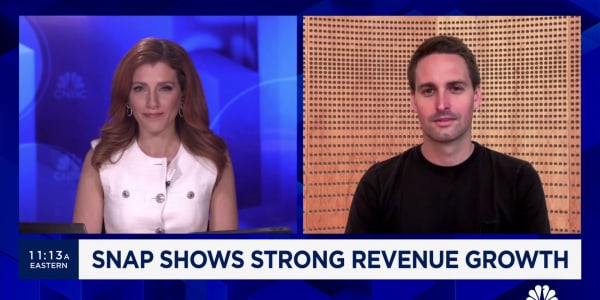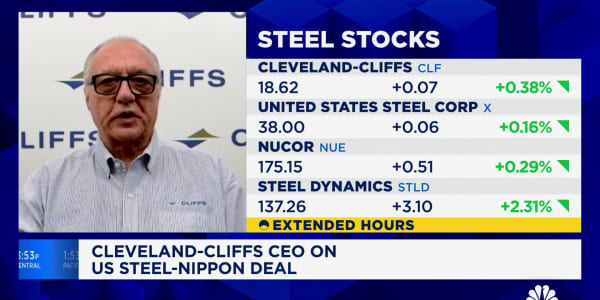Plunging interest rates fueled a municipal bond bonanza in January for communities looking to cut their financing costs.
Muni bond issuance soared past $27 billion for the month, the biggest January in five years and a potential harbinger that the market could be in for a huge year, according to an analysis from Chris Mauro, head of U.S. municipals strategy at RBC Capital Markets.
The jump in issuance occurred even as a spate of rough weather at months' end depressed the amount sent to market. Consequently, Mauro thinks 2015 could turn into a big year.
"If this trend continues, 2015 total volume could turn out to be significantly higher than our $335 billion estimate," he said in a note to clients. "The driving force behind the surprisingly strong calendar in January was, of course, the significant decline in interest rates in the month."

Amid tepid global growth and a wild month in the stock market, yields for government debt tumbled. Rates for 10-year AAA muni debt fell 0.29 percentage points while 30-year debt saw a decline of 0.33 percentage points. That corresponded with sharp declines in U.S. government debt, with the benchmark 10-year Treasury sliding from 2.12 percent to 1.68 percent by the end of January, and the 30-year bond from 2.69 percent to 2.25 percent.
Read MoreWelch: Fed hike would do 'nothing' for the economy
That sent governments into the refunding process, where they were able to cut the financing costs for their debt substantially.
However, the move-in rates did not translate into an avalanche of new debt. New money issuance, in fact, fell 30 percent to 8.4 percent, perhaps reflecting a low level of confidence about the future trajectory of rates.
"This does not bode well for municipal volume if rates back up," Mauro said. "We find it instructive that even with these record low yields, state and local governments remain reluctant to finance new projects."
Still, the month was a good one for munis beyond the simple issuance numbers.
Read MoreBuffettindex fund beats hedge funds in 10-year bet
The Barclays Municipal Bond Index gained 1.77 percent, outclassing the Barclays Composite Index, which fell 0.77 percent and the stock index, which dropped 3 percent. The 10-year Treasury, though, rose more than 3.5 percent.
Mauro said history suggests that big Januarys correspond with strong years, with the current pace beyond $400 billion.
"While we question whether the market can maintain this pace of issuance throughout the year, we note that continued heavy issuance, should the majority of it come tax exempt, will soon be bumping up against the municipal market's historically weak seasonal period and, as such, may produce significant volatility in the weeks ahead," he said.






